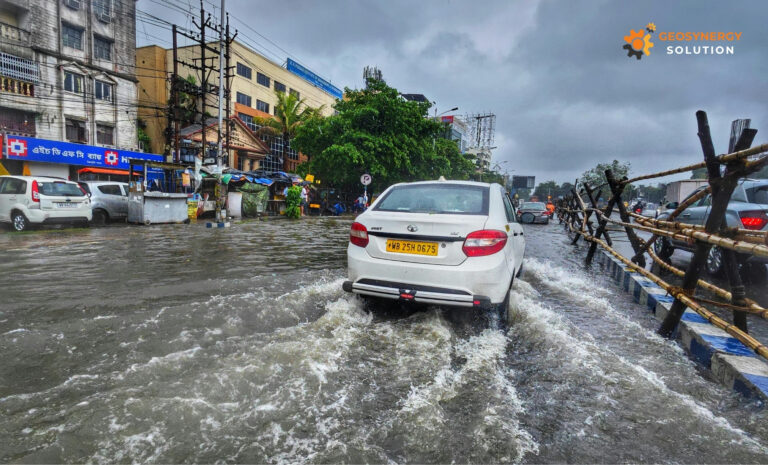
When Does the Rainy Season Turn into a Hydrometeorological Threat?
Every year, the rainy season brings life to Indonesia’s ecosystems. However, excessive rainfall, extreme weather, and unstable soil conditions can transform this natural cycle into a hydrometeorological threat. In 2025, with climate change intensifying weather patterns, communities across the archipelago are increasingly vulnerable to floods, landslides, and strong winds.
What Is a Hydrometeorological Threat?
A hydrometeorological threat refers to natural hazards caused by atmospheric and water-related processes, including floods, heavy rainfall, tropical storms, and droughts. These phenomena are closely linked to climate variability and can have severe impacts on human life, infrastructure, and the environment.
In Indonesia, where rainfall patterns are often unpredictable, even short periods of intense rain can trigger landslides in hilly regions or flash floods in urban areas.
How the Rainy Season Turns into a Threat
The rainy season is not dangerous by itself, but several factors can escalate it into a disaster:
Extreme rainfall intensity due to changing climate conditions.
Poor drainage systems in cities that cause urban flooding.
Deforestation and land-use changes that reduce water absorption.
Unstable slopes in mountainous areas that lead to landslides.
Lack of early warning systems and community preparedness.
When these factors occur simultaneously, the risk of hydrometeorological disasters significantly increases, threatening both lives and livelihoods.
The Impact on Indonesia in 2025
According to recent climate data, Indonesia is facing more frequent and unpredictable rainfall patterns. In 2025, certain regions such as Java, Sumatra, and Sulawesi are expected to experience above-normal rainfall, while others may encounter prolonged droughts.
These contrasting conditions make water management and environmental planning more crucial than ever. Without adequate mitigation, the country could face increased infrastructure damage, agricultural losses, and public health issues.
Mitigation and Preparedness Strategies
To reduce the risk of hydrometeorological threats, Indonesia must strengthen both structural and non-structural measures, including:
Developing early warning systems and weather monitoring technology.
Promoting reforestation and sustainable land management.
Building flood-control infrastructure such as retention basins and drainage improvements.
Raising community awareness about disaster preparedness.
Enhancing collaboration between government, private sector, and local communities.
By implementing these strategies, Indonesia can minimize the devastating effects of hydrometeorological events.
The rainy season is a vital part of Indonesia’s natural cycle, but it also carries potential dangers. Understanding when and how the rainy season turns into a hydrometeorological threat is key to building a safer and more resilient future. Through better planning, technology, and awareness, we can live in harmony with nature—without being threatened by it.

